Where is Kathmandu?
- Catherine
- Last Updated : 10/24/2024
Kathmandu is the capital of Nepal, also and the largest city. It is located in the Kathmandu Valley of Nepal, at the confluence of the Bagmati River and the Bishnumati River. The city is surrounded by mountains and is 1,370 meters above sea level. Kathmandu is divided into two parts: the new city and Kathmandu's ancient old city.
Kathmandu Valley
The Kathmandu Valley, where the capital of Nepal is located, is surrounded by mountains and shaped like a bowl. It is composed of Kathmandu, Patan and Bhaktapur. The Kathmandu Valley is located between India and Tibet, on the southern slope of the Himalayas. The natural barrier of the Himalayas shields the valley from the cold wind from the north, and the warm current of the Indian Ocean flows in from the south. The unique geographical environment makes the annual average temperature around 20℃, with a pleasant climate, bright sunshine, lush trees, and flowers in full bloom all year round so it has the reputation of "paradise in the mountains" and is a world-famous tourist attraction. In 1979, seven groups of historical sites in the Kathmandu Valley were included in the "World Heritage List", including the Durbar Squares of Kathmandu, Patan, and Bhaktapur, the Hindu temples of Pashupatinath, Changunarayan Temple, the Buddhist stupas of Swayambhu(Monkey Temple) and Bauddhanath.
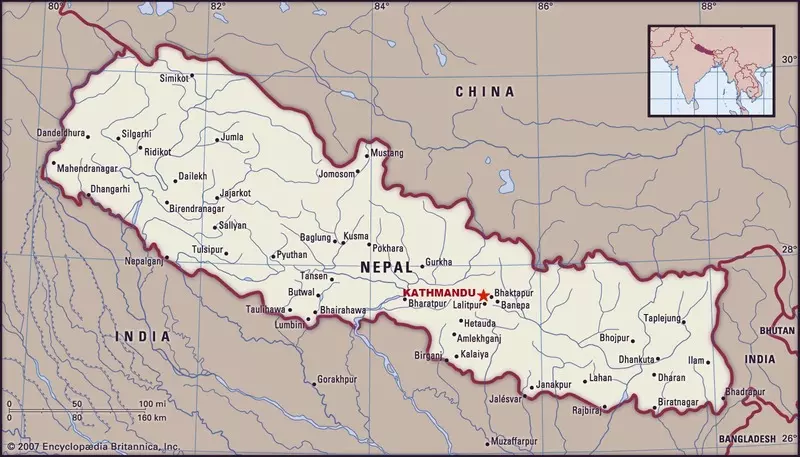
History of Kathmandu
In 723, the king of Licchavi (kingdom, 400-750 A.D.) officially built a city in Kathmandu Valley. At the beginning of the 13th century, the Kathmandu Valley is occupied by the Mallas. From then on, the most prosperous Malla Dynasty (1201-1769 A.D.) in Nepal's history was beginning. From the 14th century to the end of the 15th century, the Bangladeshi army invaded Kathmandu, the Malla Dynasty split into three kingdoms. In 1768, King Prithvi Narayan Shah captured Kathmandu, established the Shah Dynasty (1768–2008 A.D.), re-unified Nepal, and Kathmandu became the capital.
Durbar Square
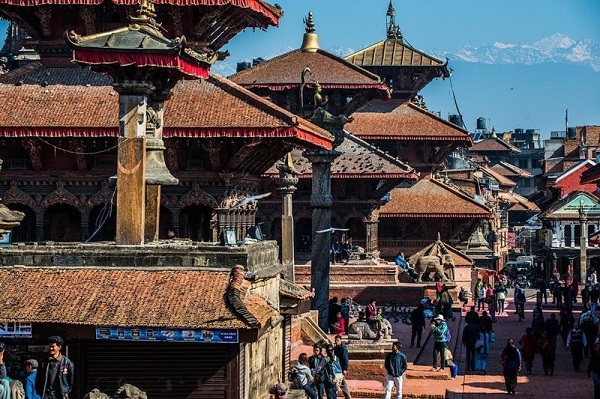 Kathmandu is an ancient city with a history of more than 1,000 years. Its exquisite architecture, wood and stone carvings have become symbols of ancient Nepalese culture. The successive dynasties of Nepal have built numerous palaces, temples, pagodas, halls, and monasteries here. In the city center of less than 7 square kilometers concentrates more than 250 pagodas and temples. In the whole city, there are more than 2,700 temples, large or small. It really can be described as "one temple in every five or ten steps". What’s more, the temples, Buddhist halls, pagodas, and statues have precious historical and cultural value, and cultural relics are various, therefore, some people call this city "the city of temples" and "open-air museum". In 1980, it was listed as one of the 18 ancient cities under protection in Asia by the United Nations Educational, Scientific and Cultural Organization.
Kathmandu is an ancient city with a history of more than 1,000 years. Its exquisite architecture, wood and stone carvings have become symbols of ancient Nepalese culture. The successive dynasties of Nepal have built numerous palaces, temples, pagodas, halls, and monasteries here. In the city center of less than 7 square kilometers concentrates more than 250 pagodas and temples. In the whole city, there are more than 2,700 temples, large or small. It really can be described as "one temple in every five or ten steps". What’s more, the temples, Buddhist halls, pagodas, and statues have precious historical and cultural value, and cultural relics are various, therefore, some people call this city "the city of temples" and "open-air museum". In 1980, it was listed as one of the 18 ancient cities under protection in Asia by the United Nations Educational, Scientific and Cultural Organization.
Kathmandu Durbar Square is the most famous square in Kathmandu Valley, and it is also a good place to see Nepalese temple architecture. It includes the historical buildings of Nepal between the 16th and 19th centuries. There are more than 50 temples and palaces on the square, such as Kumari Ghar Palace, Trailokya Mohan Narayan Temple, Shiva Parvati Temple, and the statue of King Pratap Mara, Hanuman Dhoka Palace, etc. In 1979 the entire square was designated as a World Heritage Site by UNESCO.
In the Nepal earthquake 2015, many temples were damaged, however, the square is still worth visiting. Besides visiting the buildings, this is a good place to daze, feed the pigeons, and feel the real lives of Nepalese.
Kathmandu Architecture
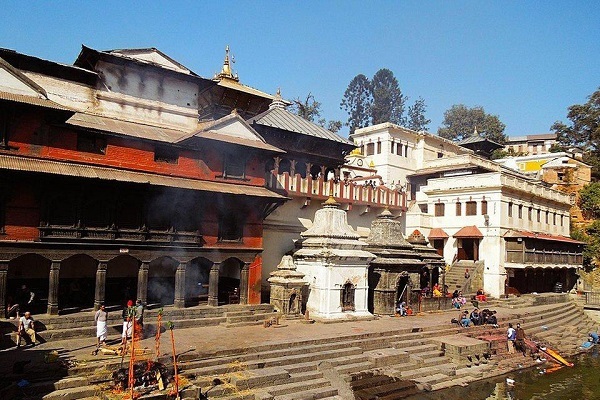 Religious architecture can be found everywhere in the city. Among them, the most well-known and popular is the Pashupatinath Temple, one of the four largest temples dedicated to Shiva in the Indian subcontinent. In addition, there are Bauddhanath Stupa, Taleju Temple, Krishna Mandir, etc.
Religious architecture can be found everywhere in the city. Among them, the most well-known and popular is the Pashupatinath Temple, one of the four largest temples dedicated to Shiva in the Indian subcontinent. In addition, there are Bauddhanath Stupa, Taleju Temple, Krishna Mandir, etc.
The ancient buildings in the city are even more visible, becoming a unique historical heritage. Even those private houses, although they are traditional brick and wood structures, are exquisitely decorated. The doors, windows, corbels and brackets are all meticulously crafted. Even the rural towns on the outskirts are quaint, making it an ancient architectural art center and cultural center of Nepal since ancient times.
The Kathmandu Valley, with Kathmandu city as the axis, forms a sightseeing area with many beautiful sights. 3 kilometers southeast of Kathmandu is Patan city, which is also an ancient city with a history of more than 1,000 years. There are many ancient temples in the city, the most famous of which is the Hiranyavarna built in the 12th century, known as the "City of Art". 12 kilometers east of Kathmandu is Bhaktapur city, which was built in 389 AD and was once the capital of the Malla Dynasty. The majestic royal palace (Bhaktapur Durbar Square) is one of the famous monuments in Nepal.
Kathmandu Travel Tips
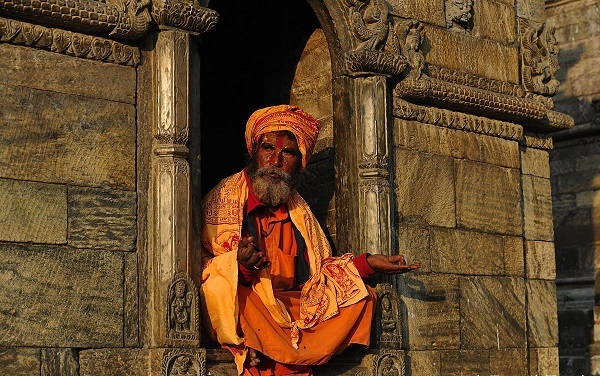
- Kathmandu visa on arrival can be easily applied at the Tribhuvan International Airport, and it requires a valid passport as well as entry and exit tickets only.
- September to April is the best time to visit Kathmandu. May to September is the rainy season, which is not suitable for travel.
- Kathmandu currency is Nepal Rupee, 5USD is about 600NPR. You can eat a meal for about 500 rupees. It is very convenient to exchange currency on the streets and at ATM machines.
- The official language is Nepali, and English can be used to facilitate communication in major scenic spots.
- Kathmandu is safe to travel to. Nepal is a multi-religious country, the people are generally friendly, and the city security management is always good. But Nepal often has power outages. It is best not to go out alone at night, and you should pay more attention to safety in case of power outages.
Email response within 0.5~24 hours.


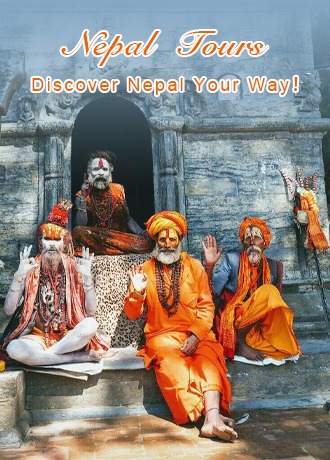
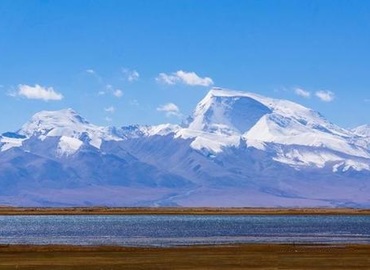
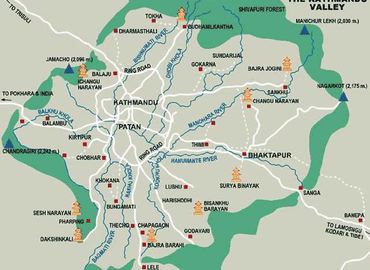
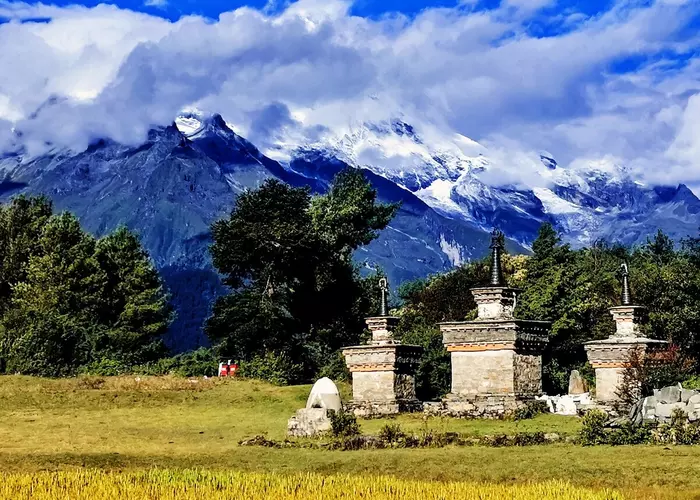


Typically Asked Questions from Our Clients
Asked by Menl***
Hello, I am looking to find information on a monastery that would allow me to house and board, while actively participating in spiritual practices.
Dear Menl****,
Thank you for sending us an inquiry!
May I know your preferred arrival date? We need to confirm the month so that I can ask to the monasteries if they have room available and price too.